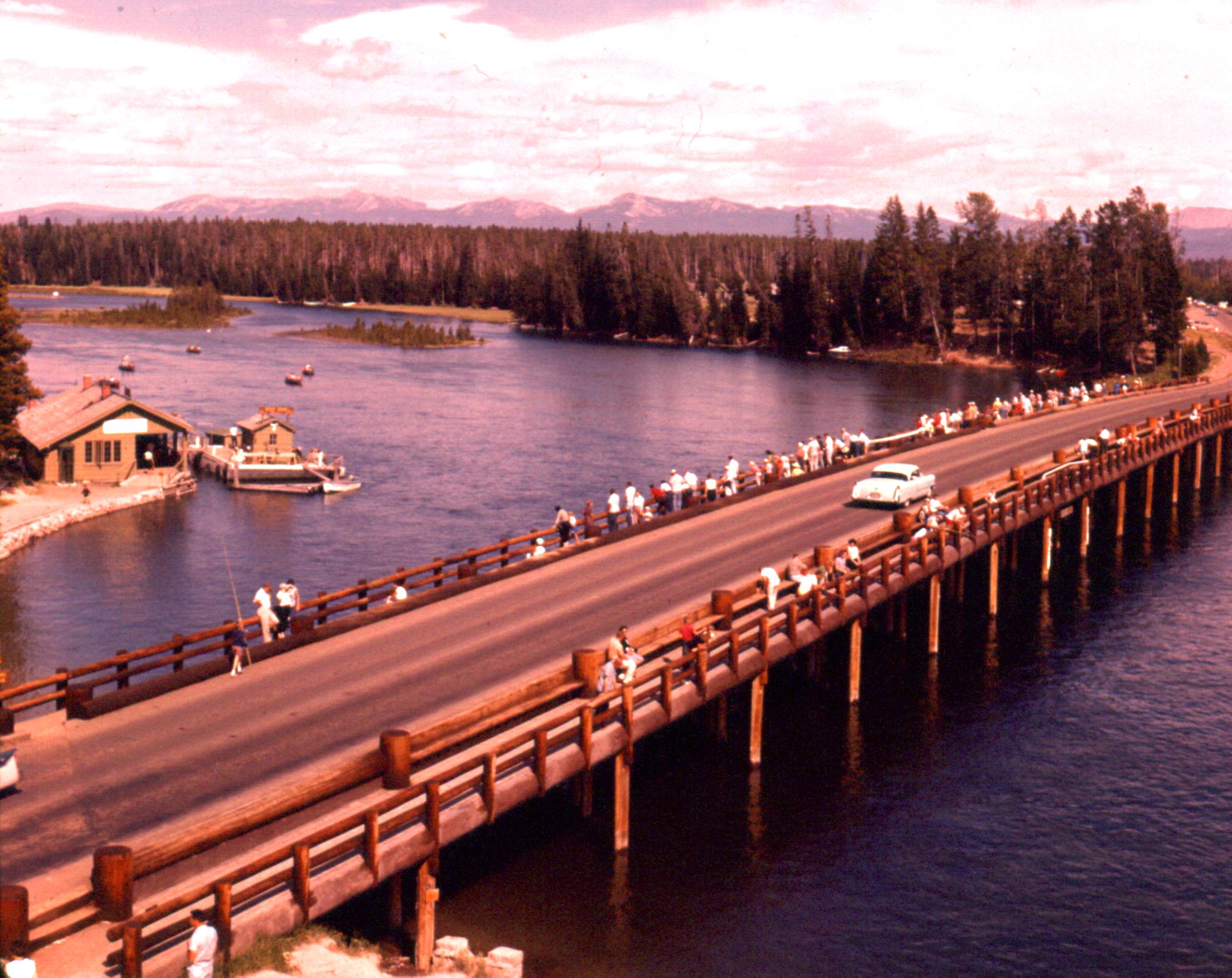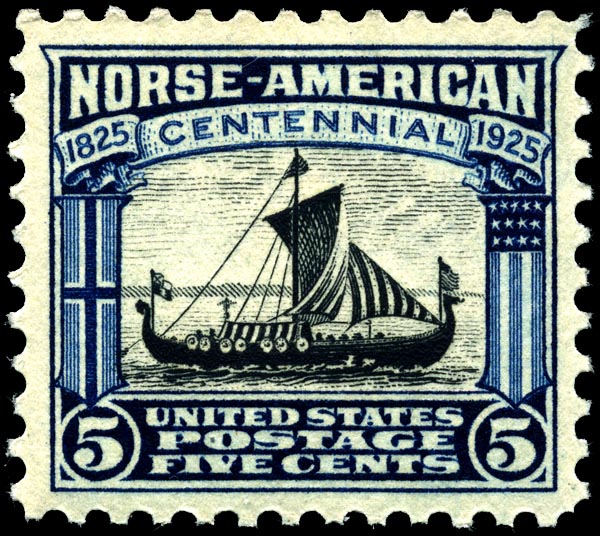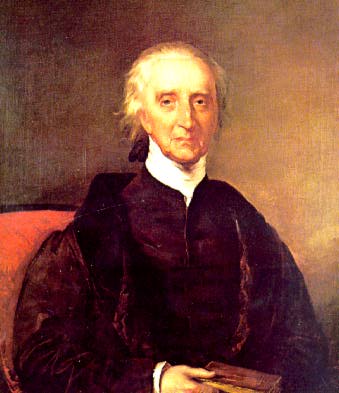|
Yellowstone County, Montana
Yellowstone County is the most populous county in the U.S. state of Montana. As of the 2020 census, the population was 164,731. Its county seat is Billings, the state's most populous city. Like the nearby national park, Yellowstone County is named after the Yellowstone River which roughly bisects the county, flowing southwest to northeast. The river, in turn, was named for the yellow sandstone cliffs in what is now Yellowstone County. Yellowstone County is included in the Billings, Montana Metropolitan Statistical Area. Geography According to the United States Census Bureau, the county has a total area of , of which is land and (0.6%) is water. Major highways * * * * * * * * * Transit * Billings Metropolitan Transit *Express Arrow *Jefferson Lines Adjacent counties * Musselshell County – north * Rosebud County – northeast * Treasure County – east * Big Horn County – southeast * Carbon County – southwest * Stillwater County – west * Golden Valle ... [...More Info...] [...Related Items...] OR: [Wikipedia] [Google] [Baidu] |
Yellowstone River
The Yellowstone River is a tributary of the Missouri River, approximately long, in the Western United States. Considered the principal tributary of the upper Missouri, via its own tributaries it drains an area with headwaters across the mountains and Great Plains, high plains of southern Montana and northern Wyoming, and stretching east from the Rocky Mountains in the vicinity of Yellowstone National Park. It flows northeast to its confluence with the Missouri River on the North Dakota side of the border, about west of Williston, North Dakota, Williston. Etymology The name is widely believed to have been derived from the Hidatsa, Minnetaree Indian name ''Mi tse a-da-zi'' (Yellow Rock River) (Hidatsa language, Hidatsa: ''miʔciiʔriaashiish). Common lore recounts that the name was inspired by the yellow-colored rocks along the Grand Canyon of the Yellowstone, but the Minnetaree never lived along the upper stretches of the Yellowstone. Some scholars think that the river was inst ... [...More Info...] [...Related Items...] OR: [Wikipedia] [Google] [Baidu] |
Big Horn County, Montana
Big Horn County is a county located in the U.S. state of Montana. As of the 2020 census, the population was 13,124. The county seat is Hardin. The county, like the river and the mountain range, is named after the bighorn sheep in the Rocky Mountains. The county was founded in 1913. It is located on the southern boundary of the state. Most of the area is part of the Crow Indian Reservation. Reservation poverty affects the county, which is the second-poorest county in the state. History On June 25, 1876, the Battle of Little Bighorn began. The Battle is also known as the Battle of the Greasy Grass to the Lakota and other Plains Indians. Law and government The county has several jurisdictions, each with its own regulations and law enforcement agencies. The Crow and Northern Cheyenne Indian Nations are administered by the tribes. Little Bighorn Battlefield and the Big Horn Canyon National Recreation Area are regulated by the National Park Service. The remainder of the c ... [...More Info...] [...Related Items...] OR: [Wikipedia] [Google] [Baidu] |
Lyndon B
Lyndon may refer to: Places * Lyndon, Alberta, Canada * Lyndon, Rutland, East Midlands, England * Lyndon, Solihull, West Midlands, England United States * Lyndon, Illinois * Lyndon, Kansas * Lyndon, Kentucky * Lyndon, New York * Lyndon, Ohio * Lyndon, Pennsylvania * Lyndon, Vermont * Lyndon, Sheboygan County, Wisconsin, a town * Lyndon, Juneau County, Wisconsin, a town Other uses * Lyndon State College, a public college located in Lyndonville, Vermont People * Lyndon (name), given name and surname See also * Lyndon School (other) * Lyndon Township (other) * * Lydon (other) * Lynden (other) * Lindon (other) * Linden (other) {{disambig, geo ... [...More Info...] [...Related Items...] OR: [Wikipedia] [Google] [Baidu] |
Poverty Line
The poverty threshold, poverty limit, poverty line, or breadline is the minimum level of income deemed adequate in a particular country. The poverty line is usually calculated by estimating the total cost of one year's worth of necessities for the average adult.Poverty Lines – Martin Ravallion, in The New Palgrave Dictionary of Economics, 2nd Edition, London: Palgrave Macmillan The cost of housing, such as the renting, rent for an apartment, usually makes up the largest proportion of this estimate, so economists track the real estate market and other housing cost indicators as a major influence on the poverty line. Individual factors are often used to account for various circumstances, such as whether one is a parent, elderly, a child, married, etc. The poverty threshold may be adjusted annually. In practice, like the definition of poverty, the official or common understanding of the poverty line is significantly higher in developed country, developed countries than in developi ... [...More Info...] [...Related Items...] OR: [Wikipedia] [Google] [Baidu] |
Norwegian Americans
Norwegian Americans () are Americans with ancestral roots in Norway. Norwegian immigrants went to the United States primarily in the latter half of the 19th century and the first few decades of the 20th century. There are more than 4.5 million Norwegian Americans, according to the 2021 U.S. census; most live in the Upper Midwest and on the West Coast of the United States. Immigration Viking-era exploration Norsemen from Greenland and Iceland were the first Europeans to reach North America. Leif Erikson reached North America via Norse settlements in Greenland around the year 1000. Norse settlers from Greenland founded the settlement of L'Anse aux Meadows in Vinland, in what is now Newfoundland, Canada. These settlers failed to establish a permanent settlement because of conflicts with indigenous people and within the Norse community. Colonial settlement The Netherlands, and especially the cities of Amsterdam and Hoorn, had strong commercial ties with the coastal lumber t ... [...More Info...] [...Related Items...] OR: [Wikipedia] [Google] [Baidu] |
American Ancestry
In the demography of the United States, some people self-identify their ancestral origin or descent as "American", rather than the more common officially recognized racial and ethnic groups that make up the bulk of the American people. The majority of these respondents are visibly white and do not identify with their ancestral European ethnic origins. The latter response is attributed to a multitude of generational distance from ancestral lineages, and these tend to be Anglo-Americans of English, Scots-Irish, Welsh, Scottish or other British ancestries, as demographers have observed that those ancestries tend to be recently undercounted in U.S. Census Bureau American Community Survey ancestry self-reporting estimates. Although U.S. census data indicates "American ancestry" is most commonly self-reported in the Deep South, the Upland South, and Appalachia, a far greater number of Americans and expatriates equate their national identity not with ancestry, race, or ... [...More Info...] [...Related Items...] OR: [Wikipedia] [Google] [Baidu] |
English Americans
English Americans (also known as Anglo-Americans) are Americans whose ancestry originates wholly or partly in England. In the 2020 United States census, English Americans were the largest group in the United States with 46.6 million Americans self-identifying as having some English origins (many combined with another heritage) representing (19.8%) of the White American population. This includes 25,536,410 (12.5% of whites) identified as predominantly or "English alone". Overview Despite their status as the largest self-identified ancestral-origin group in the United States, demographers still regard the number of English Americans as an undercount. As most English Americans are the descendants of settlers who first arrived during the colonial period which began over 400 years ago, many Americans are either unaware of this heritage or choose to elect a more recent known ancestral group even if English is their primary ancestry. The term is distinct from British Americ ... [...More Info...] [...Related Items...] OR: [Wikipedia] [Google] [Baidu] |
Irish Americans
Irish Americans () are Irish ethnics who live within in the United States, whether immigrants from Ireland or Americans with full or partial Irish ancestry. Irish immigration to the United States From the 17th century to the mid-19th century Some of the first Irish people to travel to the New World did so as members of the Spanish garrison in Florida during the 1560s. Small numbers of Irish colonists were involved in efforts to establish colonies in the Amazon region, in Newfoundland, and in Virginia between 1604 and the 1630s. According to historian Donald Akenson, there were "few if any" Irish forcibly transported to the Americas during this period. Irish immigration to the Americas was the result of a series of complex causes. The Tudor conquest and subsequent colonization by English and Scots people during the 16th and 17th centuries had led to widespread social upheaval in Ireland. Many Irish people tried to seek a better life elsewhere. At the time Eur ... [...More Info...] [...Related Items...] OR: [Wikipedia] [Google] [Baidu] |
German Americans
German Americans (, ) are Americans who have full or partial German ancestry. According to the United States Census Bureau's figures from 2022, German Americans make up roughly 41 million people in the US, which is approximately 12% of the population. This represents a decrease from the 2012 census where 50.7 million Americans identified as German. The census is conducted in a way that allows this total number to be broken down in two categories. In the 2020 census, roughly two thirds of those who identify as German also identified as having another ancestry, while one third identified as German alone. German Americans account for about one third of the total population of people of German ancestry in the world. The first significant groups of German immigrants arrived in the British America, British colonies in the 1670s, and they settled primarily in the colonial states of Province of Pennsylvania, Pennsylvania, Province of New York, New York, and Colony of Virginia, Virginia ... [...More Info...] [...Related Items...] OR: [Wikipedia] [Google] [Baidu] |
Pompeys Pillar National Monument
Pompeys Pillar National Monument is a rock formation located in south central Montana, United States. Designated a national monument on January 17, 2001, and managed by the U.S. Bureau of Land Management in conjunction with The Friends of Pompeys Pillar, it consists of only , making it one of the smallest National Monuments in the U.S. The community of Pompeys Pillar lies just east of the monument. History It was previously designated a National Historic Landmark on July 25, 1965. The new Pompeys Pillar Interpretive Center opened in 2006. Exhibits in the 5,700-square foot center relate the journey of Captain William Clark and his detachment, including Sacagawea and her son Pomp, down the Yellowstone River Valley in 1806. The pillar itself stands 150 feet (45 m) above the Yellowstone River and consists of sandstone from the late Cretaceous Hell Creek Formation, 75 – 66 million years ago. The base of the pillar is approximately . The pillar features an abundance of Native A ... [...More Info...] [...Related Items...] OR: [Wikipedia] [Google] [Baidu] |
Nez Perce National Historical Park
The Nez Perce National Historical Park is a United States National Historical Park comprising 38 sites located across the states of Idaho, Montana, Oregon, and Washington (state), Washington, which include traditional aboriginal lands of the Nez Perce people. The sites are strongly associated with the Nez Perce War, resistance of Chief Joseph and his band, who in June 1877 migrated from Oregon in an attempt to reach freedom in Canada and avoid being forced on to a reservation. They were pursued by United States Army, U.S. Army United States Cavalry, cavalry forces and fought numerous skirmishes against them during the so-called Nez Perce War, which eventually ended with Chief Joseph's surrender in the Montana Territory. Nez Perce National Historical Park was established in 1965, and a museum was opened at the park headquarters in Spalding, Idaho, in 1983. The 38 discontiguous sites span three main ecoregions, covering a wide range of elevations and climate. Numerous animal specie ... [...More Info...] [...Related Items...] OR: [Wikipedia] [Google] [Baidu] |






